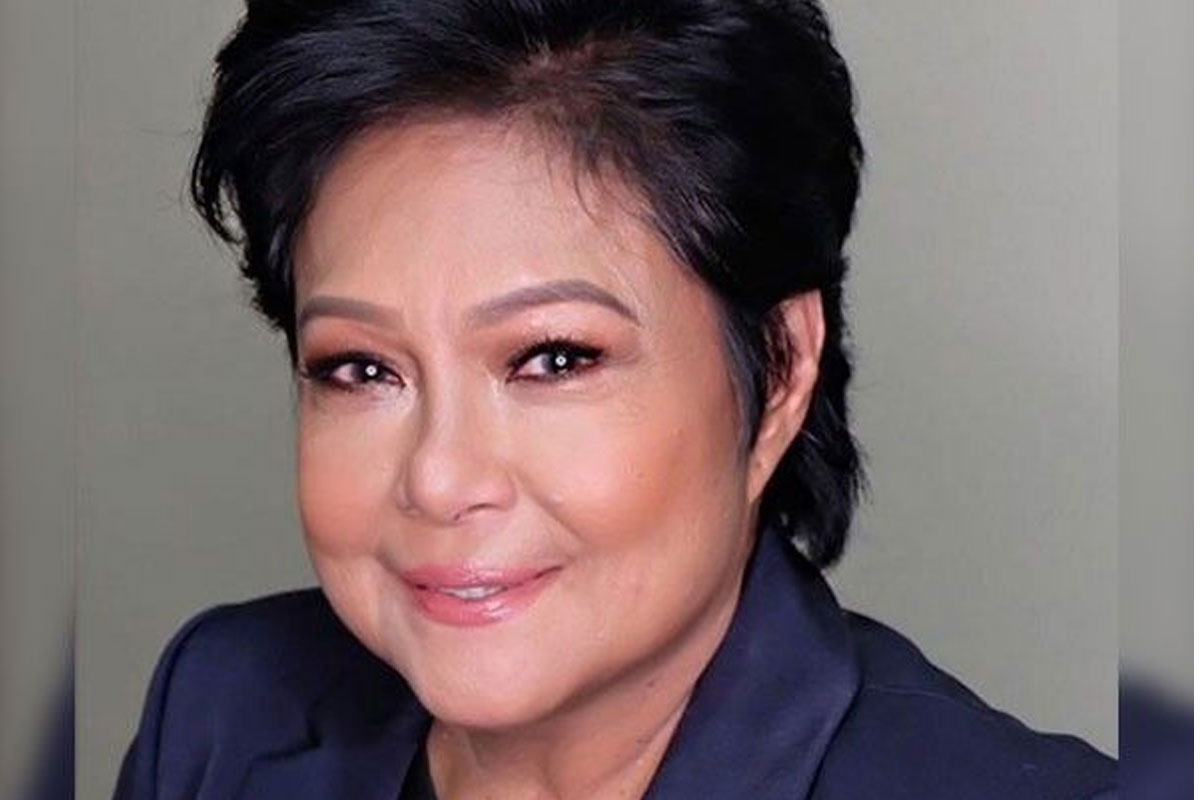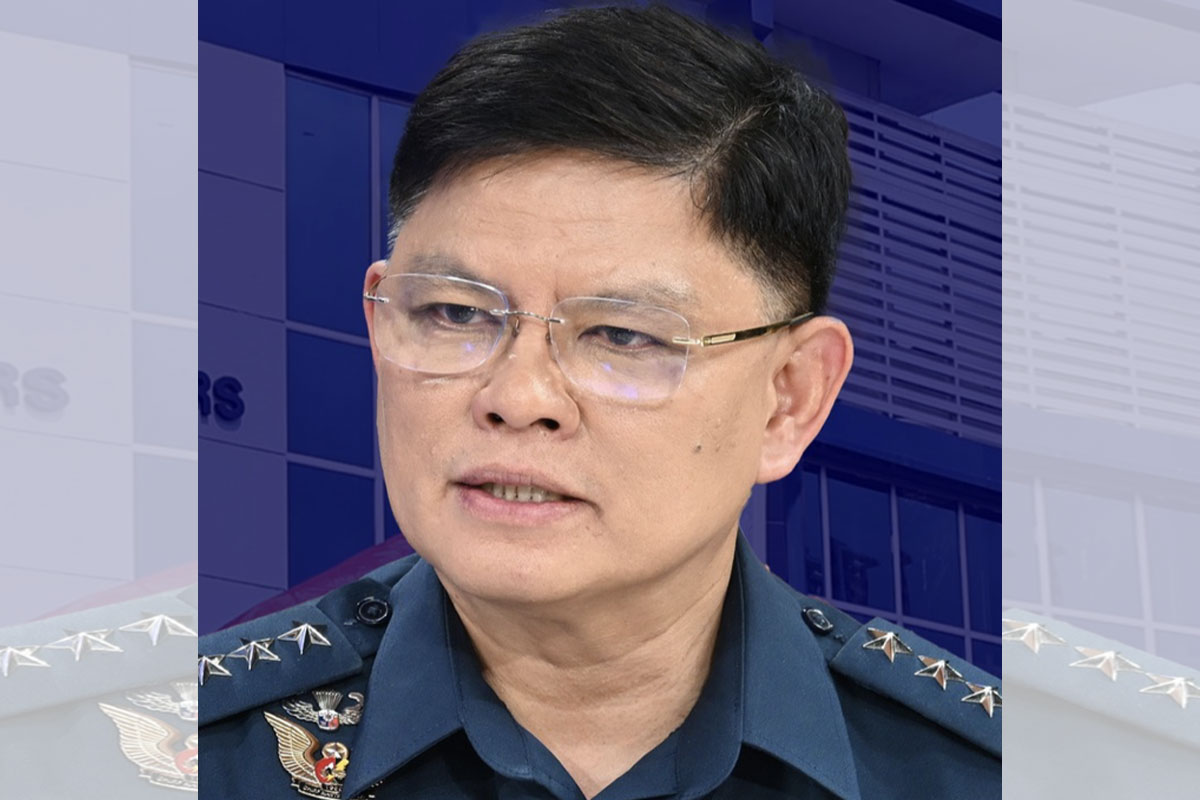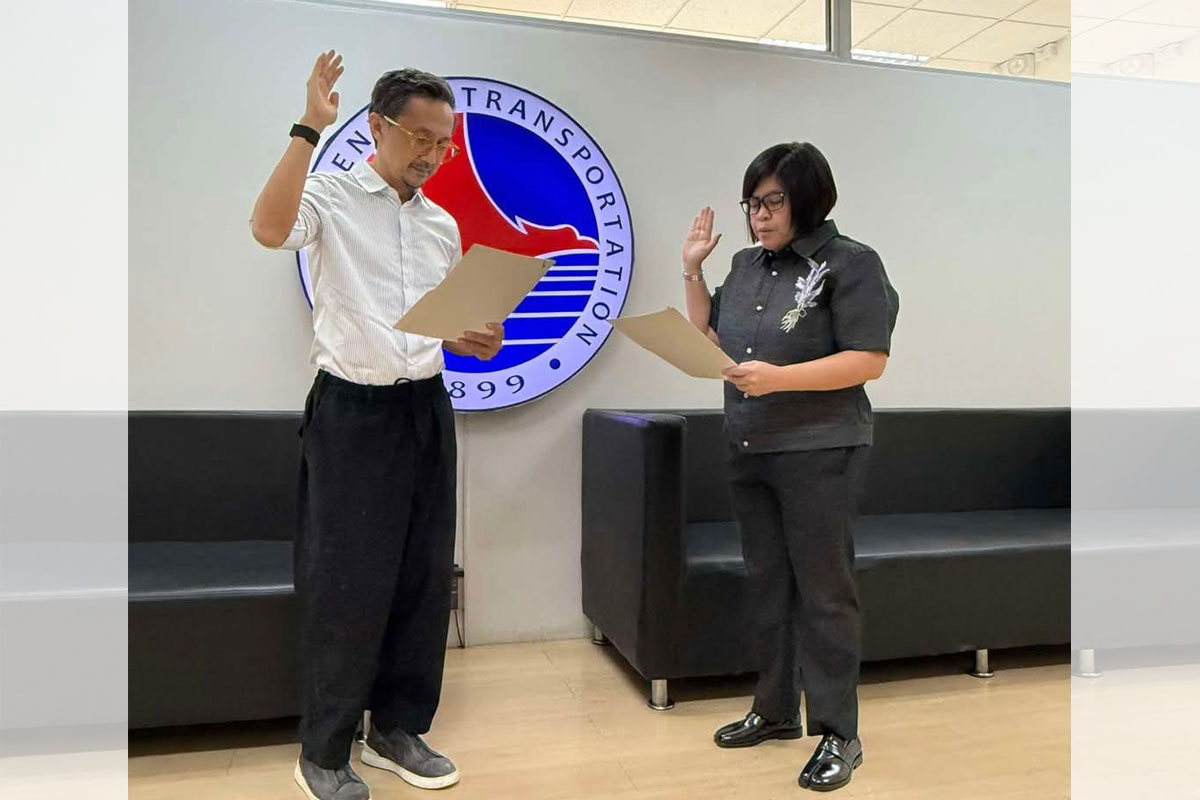
Pilita’s conquests and legacy
HER back-bending style in singing, imitated even by younger artists, was the signature and unmistakable trademark of Asia’s Queen of Songs, Pilita Corrales, who died on April 12 at the age of 87.
The eminent title was christened to Pilita after she started bringing honors to the country as early as the sixties. However, Pilar Garrido Corrales, her real name, was not just a singer. Eventually, she also made a name for herself as an actress, comedian, TV host and even a songwriter.
Born on August 22, 1939 in Lahug, Cebu City to Jose Corrales and Maria Garrido, Pilita was only 18 when she completed her education at Colegio de la Inmaculada Concepcion in Cebu City. Then, she went to Spain to attend a finishing school, Colegio Mayor de Padre Poveda.
She didn’t return to the Philippines right away. Instead, she tried her luck in Australia and ventured into the recording industry.
She became the first Filipino and the first woman to land in the Australian pop charts with her original song, “Come Closer To Me,” that made her a star of the Victorian Television circuit.
Long before big name Australian artists such as Olivia Newton-John, Helen Reddy and even Kylie Minogue made it to the music charts, Pilita already conquered the territory.
She also recorded an album, “Pilita With Arthur Young: I’ll Take Romance,” “This Is Pilita” and “Pilita Tells the Story of Love.”
She also became a pioneer in Australia’s early years on television. She apparently made it big in Australia that’s why a street in Victoria was even named after her.
It was in 1963 when Pilita returned to Manila and started to make a name for herself in the local entertainment industry. She tried radio hosting and anchored a program, “La Taverna,” on DZPI.
She entertained her listeners by rendering Spanish songs and playing the guitar at the same time. She became a regular name in stage shows and also performed at the Manila Grand Opera House.
The same year, Pilita tied the knot with Spanish businessman/executive Gonzalo Blanco. Their union produced a daughter, Jackielou Blanco.
Pilita also made a name for herself as an entertainer, sharing the stage with big name international artists such as Sammy Davis, Jr., Bob Hope, The Beatles, Frank Sinatra, Julie Andrews and Pat Boone. She blazed onstage at the Manila Grand Opera House, where she performed regularly.
Upon the invitation of Davis, Jr., Pilita graced the stage of Caesar’s Palace in Las Vegas, Nevada. That made her the first Filipino to perform in the venue.
She sang her Spanish, English, Tagalog and even Cebuano songs – much to the delight of the audience – all arranged by National Artist Ryan Cayabyab.
Next came Pilita’s recording career. In the early 1960s, she lorded it over the charts not only with English and Tagalog songs, but also with Spanish and Cebuano ditties under Vicor Music Corporation.
From 1965 to 1972, she was seen on TV in “An Evening With Pilita,” that became one of the benchmarks in Philippine broadcasting industry.
In the 1970s, Aquarius Record Philippines bankrolled a compilation of Pilita’s Spanish songs. In the album were tracks like “Noche de Ronda” and “Vaya Con Dios.” She later recorded other popular tunes in Spanish – “Viajar” and “Abrazame.”
Meanwhile, Pilita’s signature song, “A Million Thanks To You,” was originally by Alice Doria-Gamilla, a pianist-teacher. The song was later translated into seven languages and was inevitably associated with Pilita.
Her recording career showed no let-up in her early years. Under Vicor Records, she released several Filipino classics and catered them to the young audiences. The songs were written by George Canseco, Willy Cruz, Ryan Cayabyab and Danny Halmsen.
From “Rosas Pandan” to “Ang Pipit,” Pilita even made Visayan songs like “Matud Nila” and “Usahay” familiar to common Filipino.
Her OPM (Original Pilipino Music) classics were “Kapantay ay Langit,” “Dahil sa ‘Yo,” “Sapagka’t Kami ay Tao Lamang,” “Buhat,” “Araw-Araw, Gabi-Gabi,” “Saan Ka Man Naroroon,” “Hindi Kita Malilimutan,” “Cariñosa” and “Dalagang Pilipina.” She enviably charted close to a hundred albums.
Pilita started her acting career back in 1962 with Tony Camonte’s “Trigger Squad.” In 1966, she played the title role in Efren Reyes’ “The Jukebox Queen.” That same year, she appeared in another Reyes’ directorial project, the adventure-romance, “Zamboanga,” starring Fernando Poe, Jr. and Susan Roces.






















